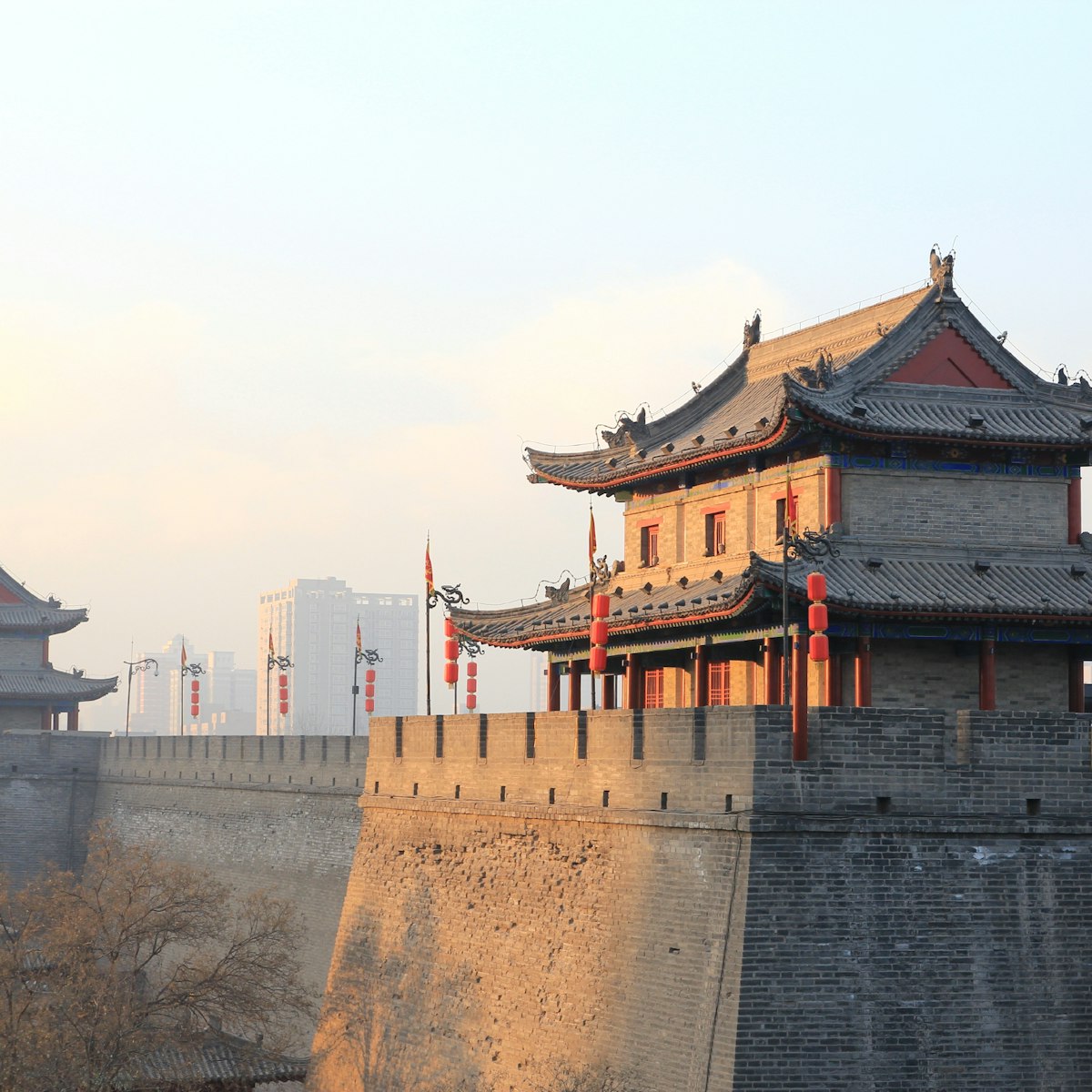Bigger than many temples in China, the Great Mosque is a gorgeous blend of Chinese and Islamic architecture and one of the most fascinating sacred sites in the land. The present buildings are mostly Ming and Qing, though the mosque was founded in the 8th century. Arab influences extend from the central minaret (cleverly disguised as a stumpy pagoda) to the enormous turquoise-roofed Prayer Hall (not open to visitors) at the back of the complex, dating from the Ming dynasty.
It's a beautiful place to visit in spring, as the white and pink magnolias burst into bloom; in the slow season, the mosque can also be a haven of solitude and an oasis of tranquillity in a very busy area of the city.
Facing west (towards Mecca) instead of the customary south, the mosque features classic Chinese temple features, including spirit walls, designed to keep demons at bay, stelae on the backs of antediluvian bixi (mythical tortoise-like creatures usually seen populating Confucian temples) and memorial arches, not to mention the glazed-tile Chinese-style roofing. The gardens, too, with their rocks, pagodas and archways are clearly Chinese. The presence of the mosque's white-capped Hui custodians is a constant reminder, however, of its Muslim purpose.
To get here, follow Xiyang Shi several minutes west of Bei Jajie and look for a small alley leading south past a gauntlet of souvenir stands.








